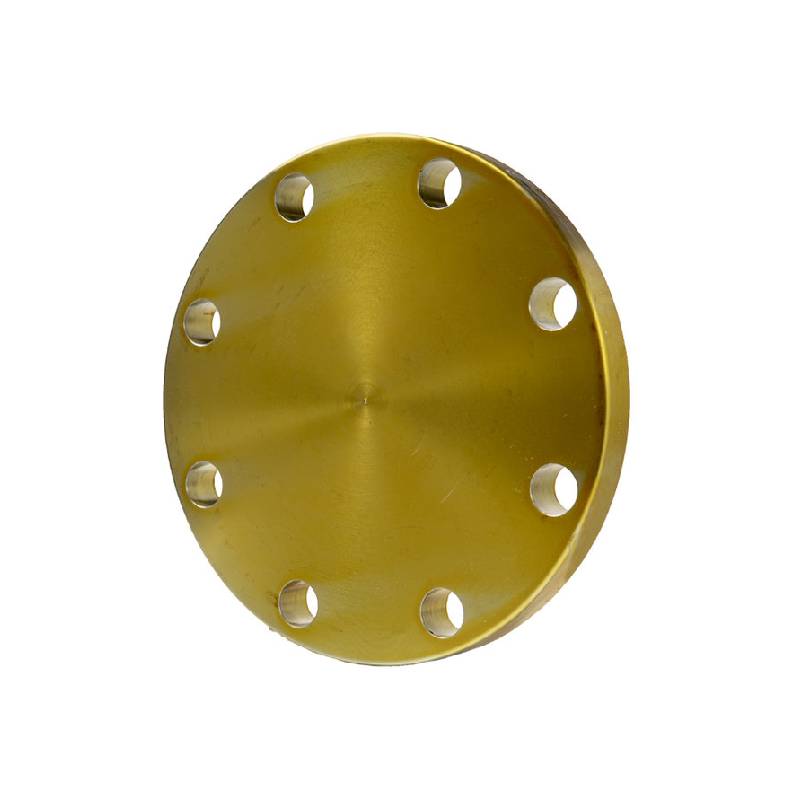-
Cangzhou Yulong Steel Co., Ltd.
-
Phone:
+86 13303177267 -
Email:
admin@ylsteelfittings.com
- English
- Arabic
- Italian
- Spanish
- Portuguese
- German
- kazakh
- Persian
- Greek
- French
- Russian
- Polish
- Thai
- Indonesian
- Vietnamese
- Zulu
- Korean
- Uzbek
- Hindi
- Serbian
- Malay
- Ukrainian
- Gujarati
- Haitian Creole
- hausa
- hawaiian
- Hebrew
- Miao
- Hungarian
- Icelandic
- igbo
- irish
- Japanese
- Javanese
- Kannada
- Khmer
- Rwandese
- Afrikaans
- Albanian
- Amharic
- Armenian
- Azerbaijani
- Basque
- Belarusian
- Bengali
- Bosnian
- Bulgarian
- Catalan
- Cebuano
- China
- China (Taiwan)
- Corsican
- Croatian
- Czech
- Danish
- Esperanto
- Estonian
- Finnish
- Frisian
- Galician
- Georgian
- Kurdish
- Kyrgyz
- Lao
- Latin
- Latvian
- Lithuanian
- Luxembourgish
- Macedonian
- Malgashi
- Malayalam
- Maltese
- Maori
- Marathi
- Mongolian
- Myanmar
- Nepali
- Norwegian
- Norwegian
- Occitan
- Pashto
- Dutch
- Punjabi
- Romanian
- Samoan
- Scottish Gaelic
- Sesotho
- Shona
- Sindhi
- Sinhala
- Slovak
- Slovenian
- Somali
- Sundanese
- Swahili
- Swedish
- Tagalog
- Tajik
- Tamil
- Tatar
- Telugu
- Turkish
- Turkmen
- Urdu
- Uighur
- Welsh
- Bantu
- Yiddish
- Yoruba

Oct . 30, 2024 18:31 Back to list
different types of pipe flanges
Different Types of Pipe Flanges
Flanges are critical components in piping systems, serving as connectors between various piping sections, valves, pumps, and other equipment. Acting as a mechanical joint, they provide a strong and secure seal, essential for maintaining the integrity of the system. Depending on the application and requirements, various types of pipe flanges are available, each with its distinct features and benefits. This article will explore the most common types of flanges, their applications, and the materials used in their fabrication.
1. Weld Neck Flanges
Weld neck flanges are characterized by their long tapered neck, which helps to distribute stress and reduce the risk of failure. These flanges are commonly used in high-pressure applications. The beveled edge allows for a smooth weld to the pipe, enabling a robust connection. They are ideal for situations involving fluctuating pressures and temperatures, making them a popular choice for industries such as oil and gas.
2. Slip-on Flanges
Slip-on flanges are designed to slide over the end of a pipe and are then welded into place. This type of flange is easier to align and install than a weld neck flange, making it a popular choice in lower-pressure applications. However, slip-on flanges may not be suitable for high-stress environments due to their reduced strength compared to weld neck types. They are frequently used in non-critical applications, such as plumbing and HVAC systems.
Blind flanges are solid discs used to close the end of a piping system. They are critical for testing the system and maintaining pressure, as they provide a secure seal without any openings. Blind flanges are used in various applications, ranging from chemical processing to wastewater management. Their strength and reliability make them essential for safety in systems that operate under high pressure.
different types of pipe flanges

4. Socket Weld Flanges
Socket weld flanges feature a socket into which the pipe fits before being welded. This design is particularly useful in systems where space is limited and helps to minimize the risk of leakage. Socket weld flanges are prevalent in small-diameter piping where high-strength connections are necessary. They are widely applied in chemical and petrochemical industries, where the integrity of connections is paramount.
5. Threaded Flanges
Threaded flanges have internal threads that allow them to be screwed onto the pipe. This design eliminates the need for welding, making threaded flanges a convenient option. They are typically used in low-pressure and low-temperature applications. However, because they may be prone to leakage under certain conditions, their use is limited compared to other flange types.
6. Lap Joint Flanges
Lap joint flanges consist of two parts a flanged end and a stub end, which allows for easy alignment and disassembly. This type of flange is ideal for situations where frequent cleaning or maintenance is required. They are often found in food and beverage applications, where hygiene is crucial.
Conclusion
Choosing the right type of pipe flange is essential for ensuring the safety and efficiency of a piping system. Each flange type serves different purposes and comes with unique advantages and limitations. Understanding the characteristics, applications, and material options can help engineers and technicians make informed decisions that meet operational needs while maintaining system integrity. In industries where reliability is paramount, the selection of the appropriate flange type is not just a matter of installation but a critical component of overall system performance.
Latest news
-
ANSI 150P SS304 SO FLANGE
NewsFeb.14,2025
-
ASTM A333GR6 STEEL PIPE
NewsJan.20,2025
-
ANSI B16.5 WELDING NECK FLANGE
NewsJan.15,2026
-
ANSI B16.5 SLIP-ON FLANGE
NewsApr.19,2024
-
SABS 1123 FLANGE
NewsJan.15,2025
-
DIN86044 PLATE FLANGE
NewsApr.19,2024
-
DIN2527 BLIND FLANGE
NewsApr.12,2024
-
JIS B2311 Butt-Welding Fittings LR/SR 45°/90° /180°Seamless/Weld
NewsApr.23,2024











